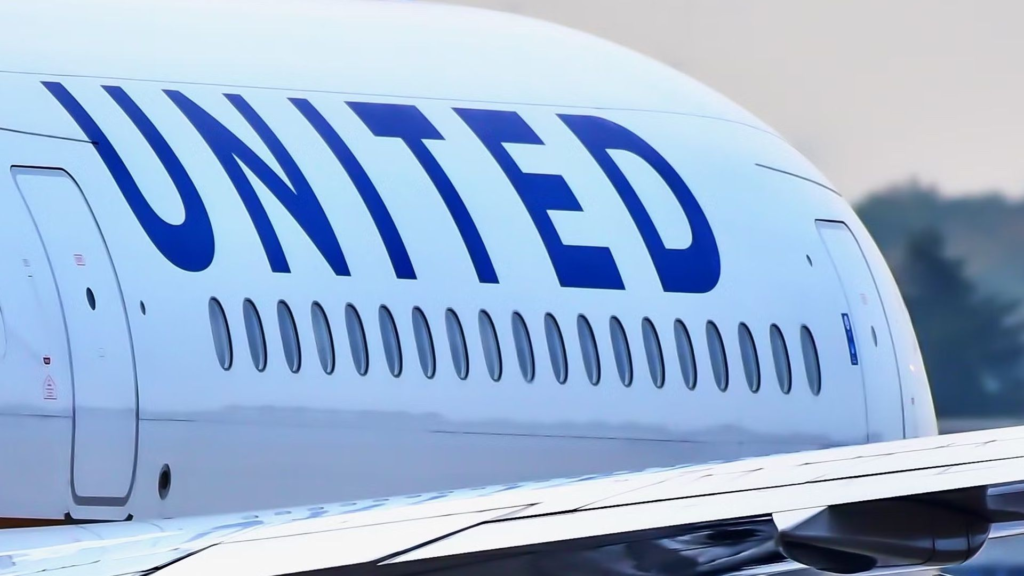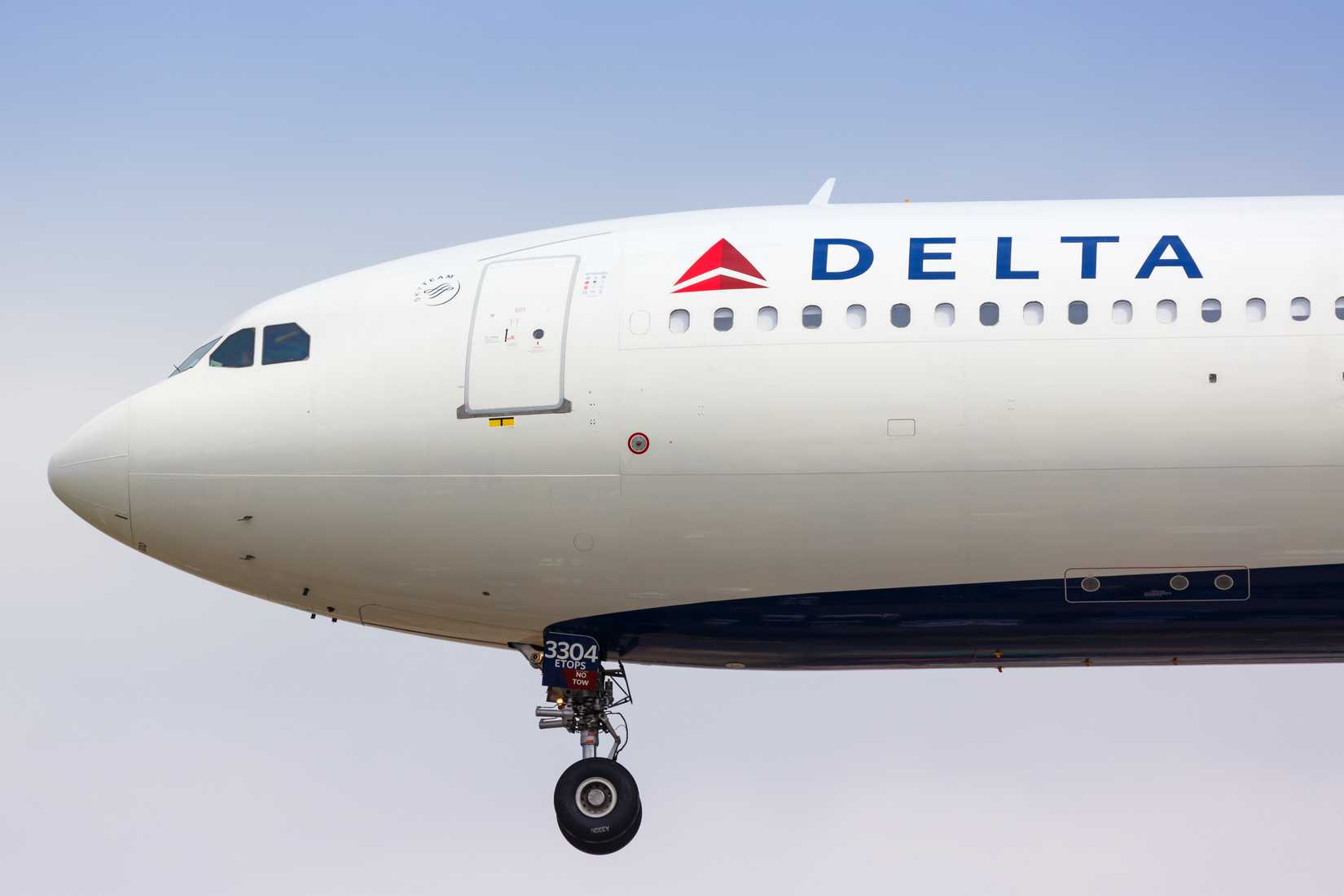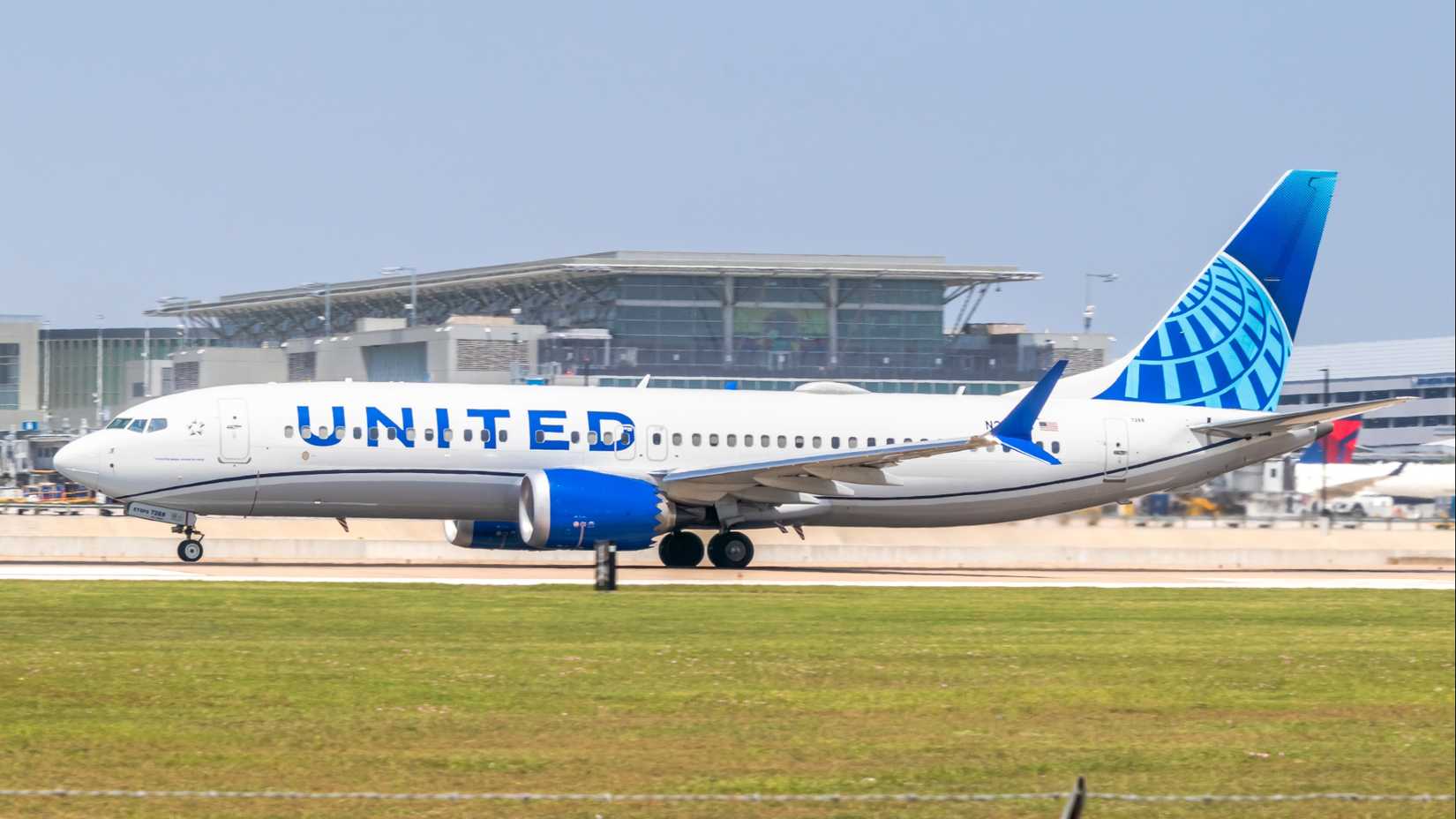![]() United Airlines (NYSE: UAL) announced its third-quarter earnings this afternoon, with headline figures in the print comfortably beating Wall Street expectations. The airline reported diluted earnings per share (EPS) of $2.90 and adjusted EPS of $2.78, both of which fell comfortably within the upper end of the airline’s guidance. Revenues rose 2.6% year-on-year to $15.2 billion, with pre-tax earnings of $1.3 billion and an 8.2% margin.
United Airlines (NYSE: UAL) announced its third-quarter earnings this afternoon, with headline figures in the print comfortably beating Wall Street expectations. The airline reported diluted earnings per share (EPS) of $2.90 and adjusted EPS of $2.78, both of which fell comfortably within the upper end of the airline’s guidance. Revenues rose 2.6% year-on-year to $15.2 billion, with pre-tax earnings of $1.3 billion and an 8.2% margin.
The airline also guided to higher earnings in the fourth quarter, with a new range of $3.00-$3.50, and management is also expecting a meaningful year-over-year improvement in unit revenues over the third quarter. The airline’s overall mix was healthy, with premium cabin revenues up around 6% while economy fare revenue also increased 4%. Cargo revenues jumped 3% and loyalty revenues jumped by an off-the-charts 9%. The airline also reported strong operational performance, with the carrier operating the largest summer mainline schedule in its history and the lowest third-quarter cancellation rate on record for the company.
A Look At The Context Going Into Today’s Earnings
Just last week, ![]() Delta Air Lines (NYSE: DAL) reported its third-quarter earnings, which also came in well above analyst expectations. Specifically, Delta highlights impressive premium cabin revenue growth and strong performance for its loyalty program, which has historically been the airline’s two money-makers. However, Delta highlighted a few key issues that had some industry analysts a bit concerned going into United’s earnings.
Delta Air Lines (NYSE: DAL) reported its third-quarter earnings, which also came in well above analyst expectations. Specifically, Delta highlights impressive premium cabin revenue growth and strong performance for its loyalty program, which has historically been the airline’s two money-makers. However, Delta highlighted a few key issues that had some industry analysts a bit concerned going into United’s earnings.
Delta reported that fuel prices were higher across the industry, but that they were mostly hedged from this risk because they operate their own refinery. Delta also noted that performance in the Main Cabin was continuing to weaken, something which could be a challenge for United as well. However, United’s earnings release today put all of these investor concerns to bed.
A Deeper Look At The Drivers Behind United’s Outperformance
United’s print today reflected multiple well-known drivers that are leading to the company’s continued financial outperformance. Legacy carriers like United Airlines primarily aim to target premium travelers, and improved spending on premium cabins across the industry has been a key factor behind the airline’s impressive performance. However, this was fairly well-known both from industry trends and through Delta’s confirmation last week, so EPS estimates already included this improved revenue in their calculations.
What was more up in the air leading into this report was how main cabin traffic and the airline’s cost basis were going to look this quarter. However, it appears that premium traffic and main cabin traffic both remained equally strong, inflecting later in the quarter than had typically been observed. A premium travel peak extending into September and October has become a key asset for airlines to monetize, according to CNBC. Here are some statistics for the airline’s performance vs. consensus from this quarter:
|
Statistic: |
UAL Print: |
Consensus Estimate: |
|---|---|---|
|
Q3 EPS |
$2.78 |
$2.62 |
|
Q3 Revenue |
$15.23 Billion |
$15.33 Billion |
United’s strong footprint in the premium market has placed it in the ideal position to monetize this inflection point. Continued growth in demand for long-haul premium flights, as well as domestic capacity in the Main Cabin, has continued to improve United’s third-quarter operating margins. Without any major hiccups in operations or fuel costs, it is safe to say that the airline is in a comfortable position heading into the final quarter of the year.
What Does This Mean For Investors?
Despite reporting earnings and offering a positive outlook, the airline underperformed revenue expectations marginally. This mixed performance leaves investors in a tricky position as they attempt to determine whether United Airlines is a strong or a weak investment at this point.
While some media outlets have been quick to focus on the airline’s revenue miss or earnings outperformance, a more balanced view would involve evaluating the potential impact of both. More importantly, however, will be the rhetoric we hear from Scott Kirby and United’s leadership team tomorrow morning during the airline’s conference call with investors.
If the airline’s revenue miss is easily explainable, investor confidence will likely remain strong. However, if this lower revenue figure is emblematic of some kind of structural or competitive weakness, the airline could see stock prices fall.





